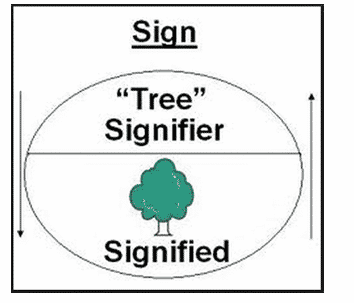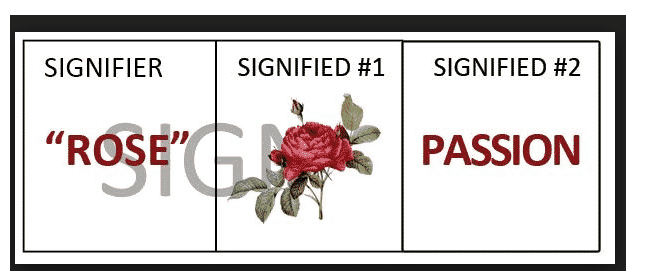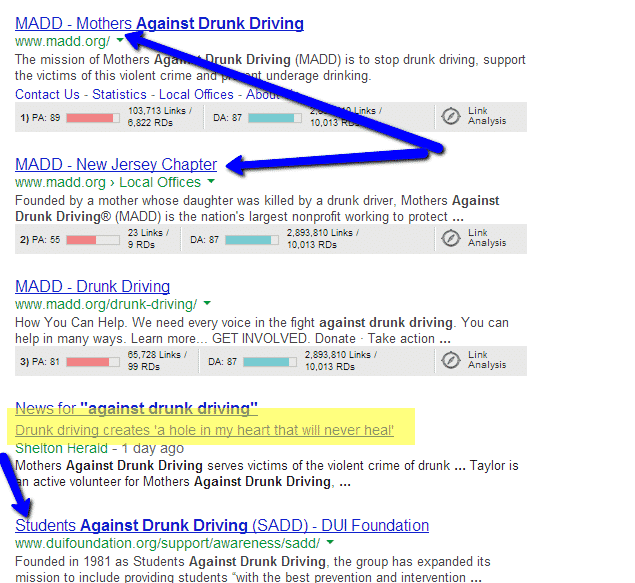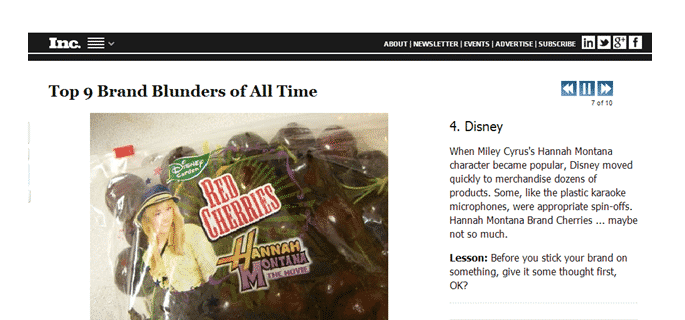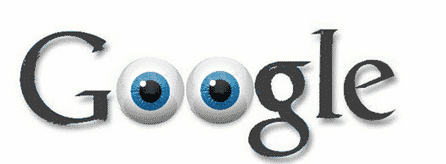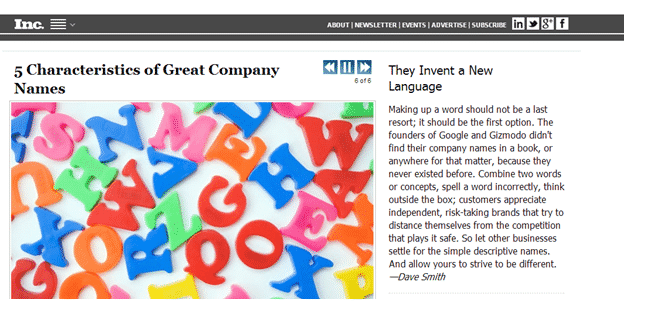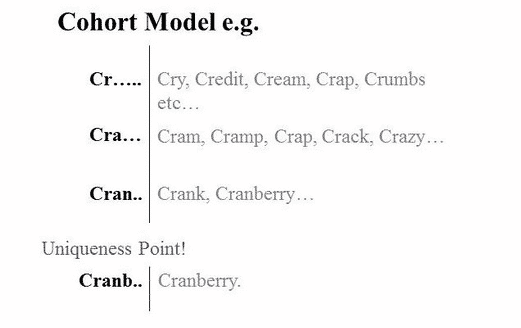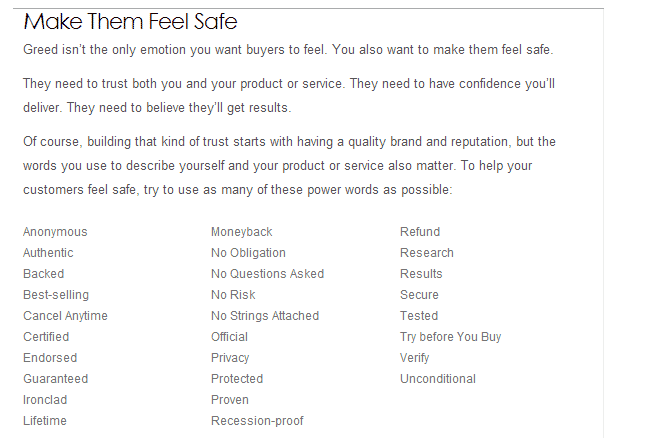How can modern-day brands stand alone, escaping misinterpretation or misrepresentation?
Advertising aligns brand messages with intended markets. However, language is but an association between a signifier and what it represents/conjures/labels.
Additionally, marketers create associations.
Inciting a train of emotion dictates how a brand, and its derivatives (slogans, logos, products, services, and executives), are perceived and accepted (or rejected) by the targeted market.
People, society, and signifiers constantly change; whether concentrated to one area or embarking upon international markets, brands need consider changes.
Even immediate associations to acronyms may drastically differ.
It would be terrible (in America) to have your driving service aligned with Alcoholics Anonymous, especially when so many passionate “against drunk driving” groups exist.
Branding
Branding creates associations to a brand, leveraging both good and bad connotations. Sometimes, if a brand does not carefully construct images with aligned associations, it results in opposite and embarrassing brand outcomes.
A popular notion in modern-day branding is creating neologisms, or unique-sounding names, never before seen in language. This is not entirely novel. Shakespeare conjured over 2,000 words of his own.
He invented ‘frugal,’ ‘horrid,’ and ‘obscene,’ still carrying his original connotation 400 years later.
However, words may evolve or change meaning, especially across cultures and contexts as seen above with, “AA.”
How can modern-day brands stand alone, escaping misinterpretation or misrepresentation?
Perhaps, start with one’s last name, especially if it is unique, such as Pensabene (“think well”). (Imagine if my last name was Weiner. That would be doubly unfortunate to date.) But, not all names are unique (Smith, Doe, Jones).
Unique names standout and escape the possibility of adopting unwanted associations. “Google,” derives from a mathematic term, representing the world’s second-largest number with a name. The previously unknown name is ineffectual in creating a negative association; it does sound like “ogle,” meaning to look upon provocatively, which could be creepy.
“Google” is unique, and until the inception of the search company, was unused, but now it is advocated.
Channeling novelty is a surefire way to evade misinterpretation and take better control of associations and meaning. You may like your current brand name, but consider the following in regard to upcoming products, services, or affiliate brands.
How to find unique terms:
- Play a vocabulary game
- Does the new word sound similar to others? McClelland and Elman, understood people immediately recognize words from pre-assembled cognitive word banks. (Much like typing words in Google search begins to elicit popular searches our brains begin recognizing letters and parcels of words, suggesting the final result until derived.)
Cohort Model
According to the Cohort Model, we recognize features of a molded word, then recognize phonemes (small, recognizable units according to particular language system), and finally, the intended word.
- If your new word graphically differs from existing words, what does it sound like? Use a psycholinguistic database, searching for unwanted and unintended connotations.
- Next, combine the brand name with a tagline. (Use some cues from the most influential.) Remember, be unique; spy on the taglines of others in your industry and differentiate. (Collect taglines and paste them in a word-cloud maker, like Wordle.)
Consider the emotional needs of your market. Like ad writing, taglines entice consumers, stirring them to action (Jon Morrow demonstrates this using power words.)
Fantastic taglines remind consumers of fears, desires, advantages, inspiring issues they need to solve (Got Milk?) or a states of being they seek (Have it Your Way).
Lastly, consider additional elements of branding, such as shapes in logos and what colors influence revenue production.
Don’t be included in the next batch of branding blunders. Understand linguistics (how we recognize and associate language) influences how target markets receive and perceive brands, creating a psychological impact, affecting sales, repeat business, and long-term goals.
